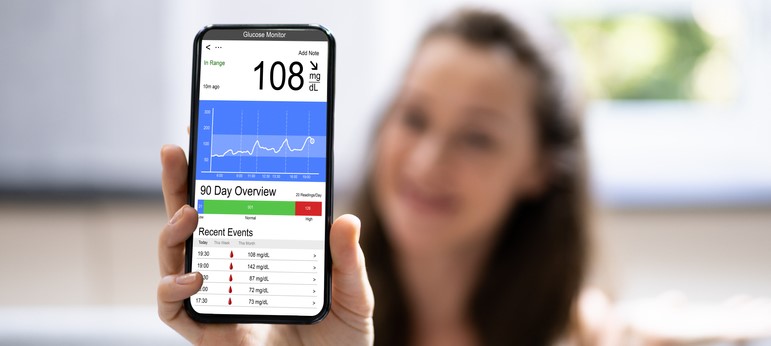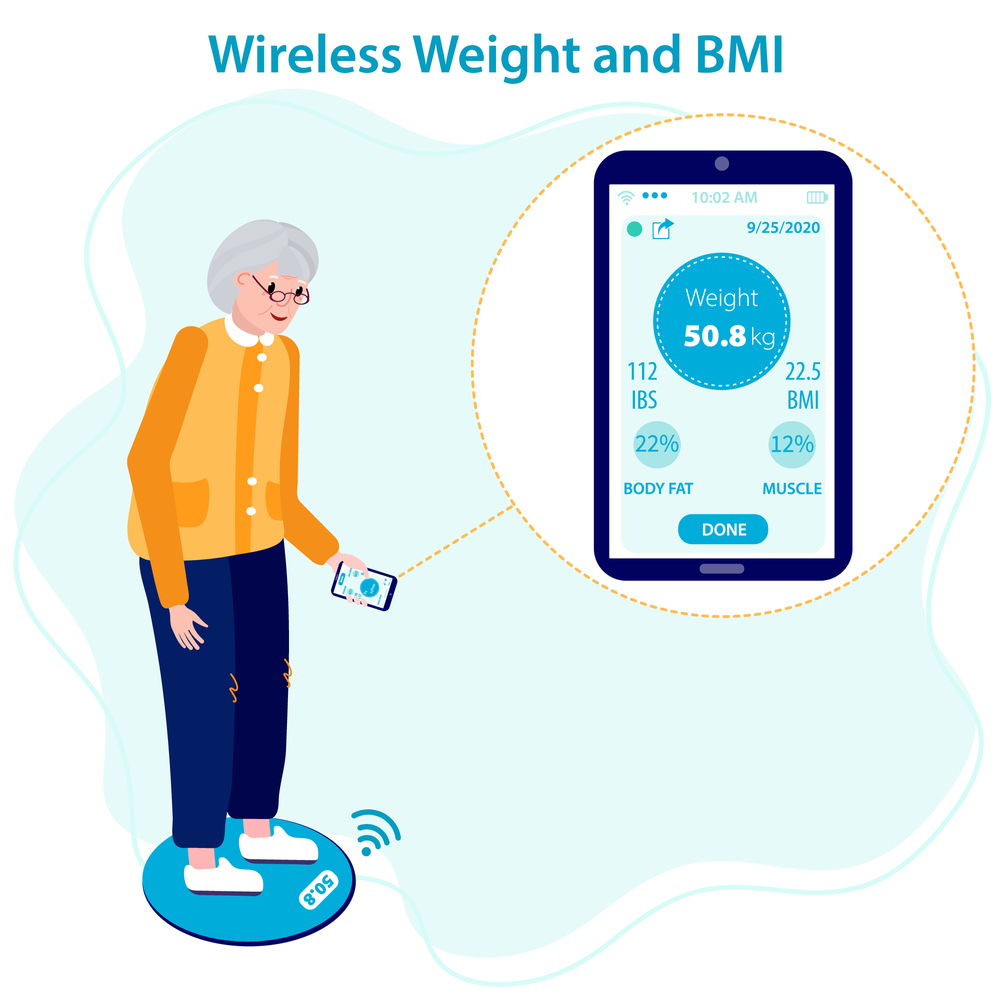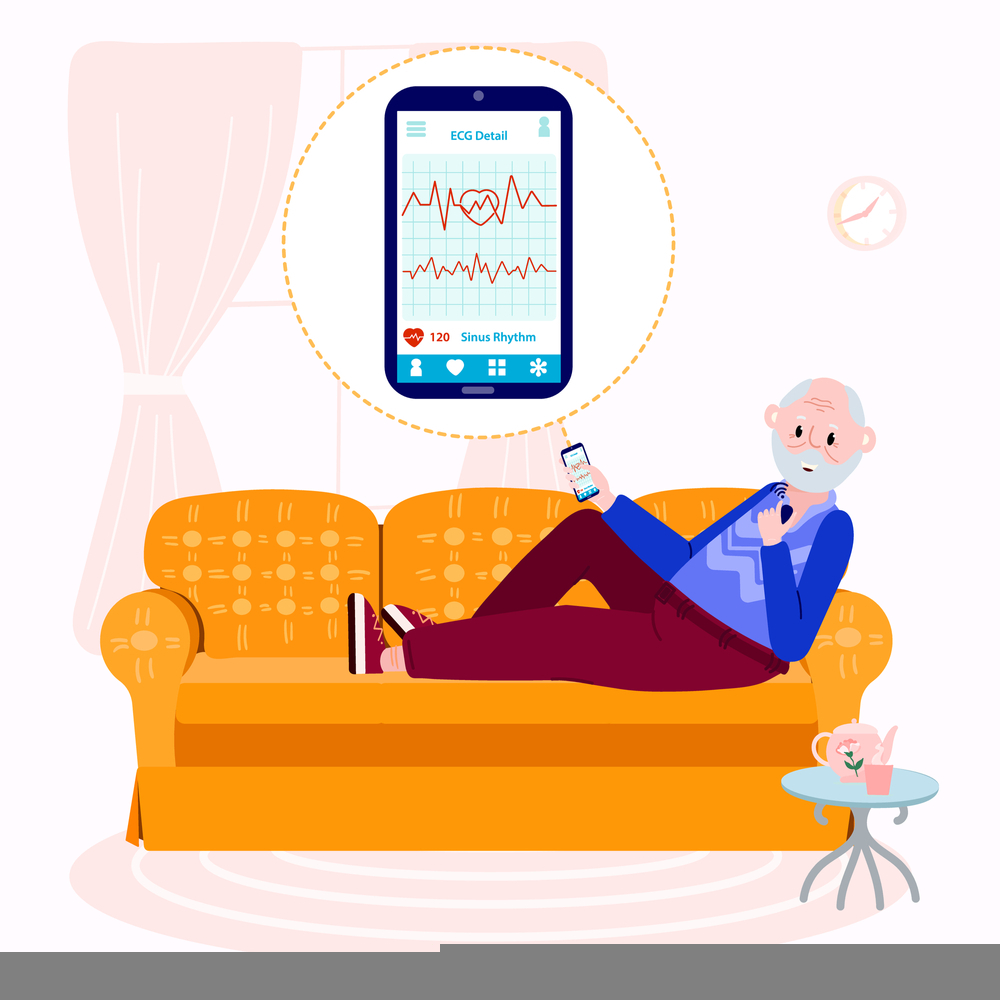
What Conditions Are Best Managed With Remote Patient Monitoring?
Remote patient monitoring is a specialized subcategory of telehealth that relies primarily on technology for its exhibition. This healthcare system is designed to offer real-time transmittance of physiological measurements, such as weight, blood pressure, and heart rate, to improve clinical support through virtual communication channels, thereby boosting the self-management of patients.
The use of technology and specialized portable devices for remote patient monitoring allows medical professionals to monitor and evaluate the health status of patients and chalk out treatment plans by keeping these observations in view. Some common kinds of remote patient monitoring include remote patient monitoring blood pressure, remote diabetes monitoring, remote heart rate monitoring, and several others.
Remote patient monitoring is highly effective as continuous patient monitoring of several chronic illnesses and medical conditions help patients manage health issues, avoid unprecedented complications, and ensure optimal wellness.
Routine and elaborate monitoring also allows a medical professional to comprehend the progression of the disease and identify potentially hazardous symptoms, biometric readings necessitating follow-up, and behavioral trends promptly.
Conditions Effectively Managed by Remote Patient Monitoring
Let us take a deeper look into the medical conditions that can be effectively managed and treated through RPM:
Diabetes
Continuous blood glucose testing is a crucial aspect of diabetes management and care. Medical professionals necessitate diabetic patients to pay a visit to the hospital or clinic every three to six months to measure their HBA1c levels and determine the progression of the disease.
However, with the use of RPM and portable devices, diabetic patients can take their healthcare into their own hands and self-test their blood glucose level on a daily basis in the comfort of their home through a fingerstick method, portable glucose meters that store glucose readings, and test strips.

The stored daily blood glucose readings can then be communicated to the care team or a medical professional either remotely or through a follow-up clinical visit. This continuous monitoring allows medical professionals to offer more personalized healthcare because of their ability to respond to real-time data within seconds.
Remote patient monitoring also engages and encourages diabetic patients to be more responsible about their healthcare management and determine the effects of diet and exercise on their statistics. For instance, patients may understand post-meal reading, which is a clear depiction of how they must alter their meals to manage their glucose levels and keep them within the prescribed threshold.
Extensive studies show that using telehealth intervention and remote patient monitoring tools for diabetes monitoring had a small but significant impact on the HbA1c levels as compared to orthodox care.
Heart Disease
Remote patient monitoring has proved highly effective in allowing patients with serious heart conditions to maintain their health. Cardiologists use specialized high-technology tools, such as wearable and portable heart monitors connected to smartphones to get a better understanding and monitor patients with chronic cardiovascular conditions.

A study conducted in 2015 found that more than 50% of 110 million recorded patient interactions took place through smartphones, video calling, and several other RPM devices. Such devices typically chart a patient’s heart electrical activity when sleeping, working, or exercising, which brings forth data that gives medical professionals a deeper insight into a patient’s health over time. This method proves highly effective as compared to the one-time results of an Electrocardiogram administered in a hospital or health clinic.
Chronic Kidney Disease
Remote patient monitoring technological devices help promote the safety of patients who have chronic kidney disease by monitoring vital signs throughout the day. It is normal for kidney disease patients to have unstable blood pressure or other parameters.
Medical professionals can use assistive equipment, including RPM sensors to determine the patient’s urine albumin and eGFR to fully understand the kidney damage caused. With screening, they can assess the spot urine albumin-to-creatinine ratio.
Patients can also carry out certain dialysis treatments at home. The readings are sent to the doctor who can then gauge and make changes to the patient’s treatment accordingly.
Lung Diseases
Remote patient monitoring devices have also exhibited their potential among patients facing respiratory diseases. A number of studies have shown that asthma patients have more symptoms-free days, improved asthma control, and a reduction in rescue medication with the help of RPM.
Chronic Obstructive Pulmonary Disease (COPD) and asthma are 2 major lung diseases that require monitoring. However, cystic fibrosis (CF) and bronchiectasis are also issues that need remote patient monitoring. It is seen that with the right treatment and monitoring, patients suffering from bronchiectasis may achieve normal life expectancy.
Some other medical conditions can also be managed and monitored by remote patient monitoring, including mood disorders, kidney diseases, and organ transplantation. If you are looking to avail top-notch RPM solutions, TelevisitMD is the place for you.